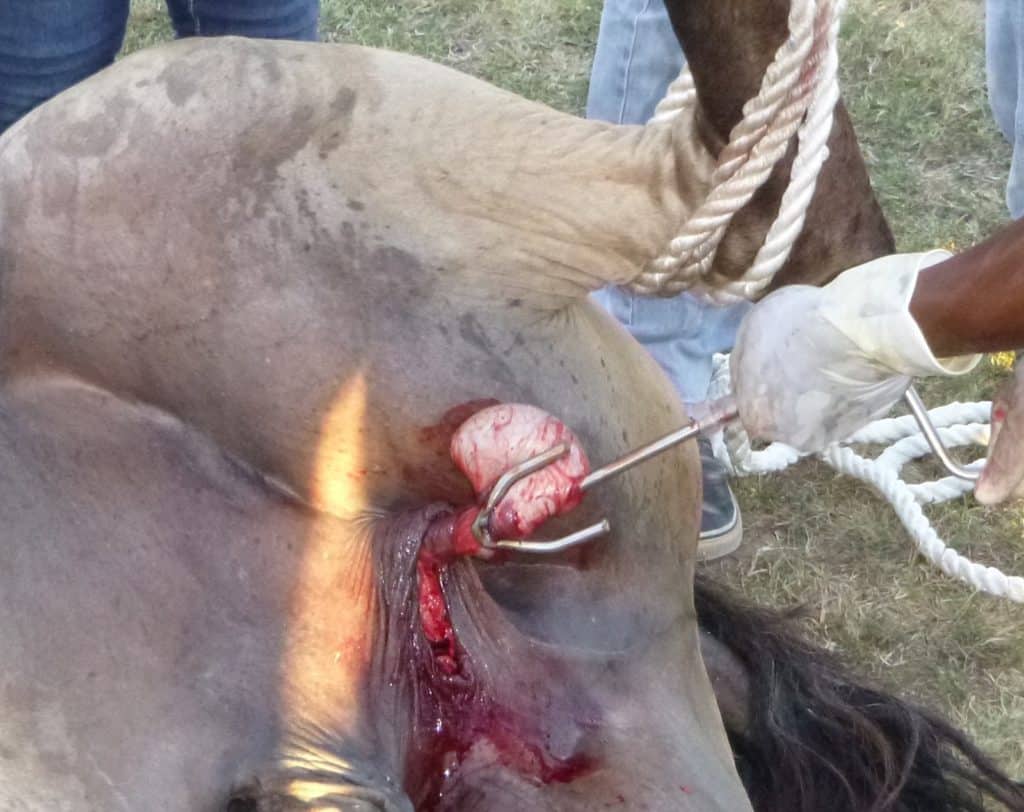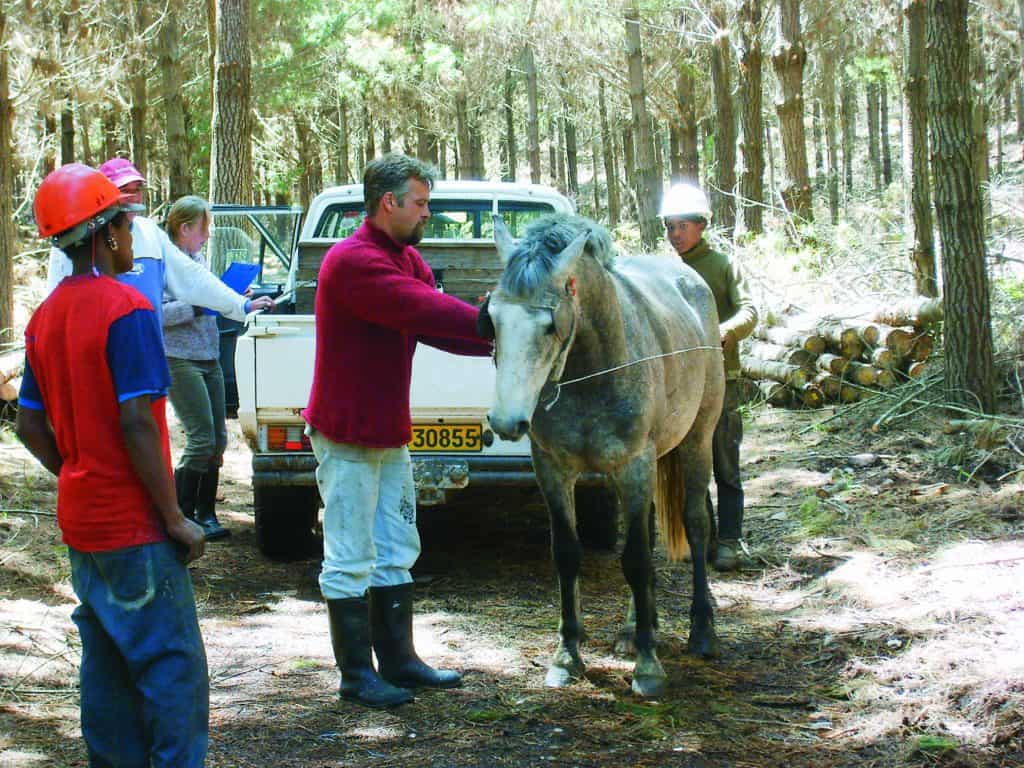
The Equitwister: A Simplified Way to Castrate Working Equids
This tool is simple, affordable, and results in few complications, one equitarian volunteer reported.

This tool is simple, affordable, and results in few complications, one equitarian volunteer reported.

Racing performance was unaltered regardless of which technique was used to correct soft palate displacement.

Researchers found that many horses recovering from colic surgery probably don’t require as much water as once thought.

Chronically laminitic mares developed potentially detrimental changes in uterine blood flow during pregnancy.

Researchers found that bloody nasal discharge was common in horses with Klebsiella pneumonia.

Post-mortem exams are crucial to determine what caused the abortion. Here’s what your veterinarian will look for.

Learn how researchers determined this was possible and what steps went into developing the final product.

The month of the year appears to have a significant impact on several parameters of collected semen in stallions.

Even small deviations in sensor placement can result in an inaccurate hind-limb lameness diagnosis, researchers found.

Researchers believe pathogenic forms of Leptospira bacteria are associated with more than 60% of ERU cases.

Survival rates were high, and a surgical procedure could help prevent recurrence of this type of colic.

African horse sickness has the potential to spread due to climate change and increased international horse movement.

These viruses are known for causing respiratory, reproductive, and neurologic issues, but can also impact horses’ eyes.

Suspensory ligament disease, a leading cause of poor performance in horses, can be challenging to manage.

Surveyed vets emphasized the importance of control and choice to help combat the stress associated with the profession.

One vet reviews the options practitioners have for determining prognosis and predicting survival for sick foals.
Stay on top of the most recent Horse Health news with
"*" indicates required fields